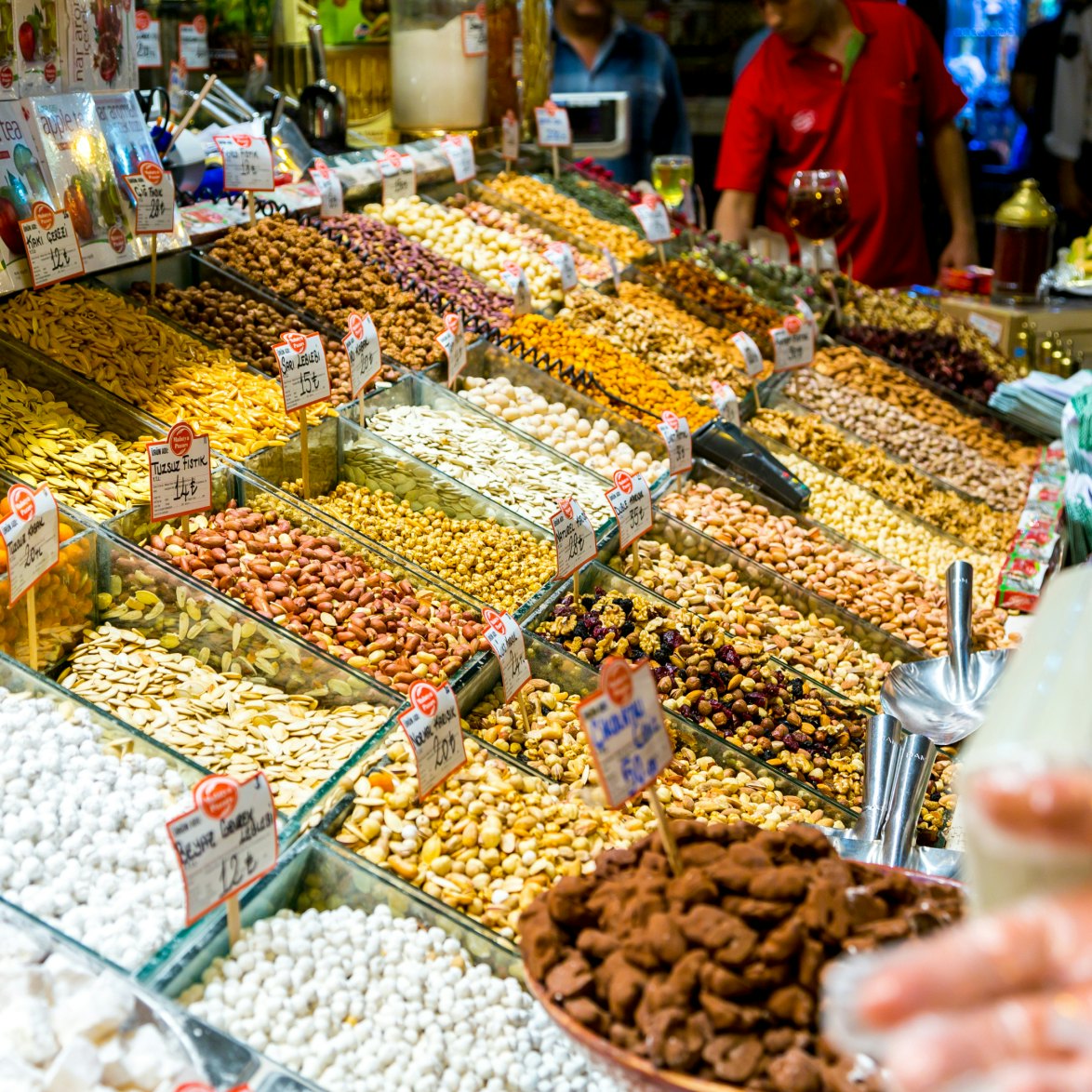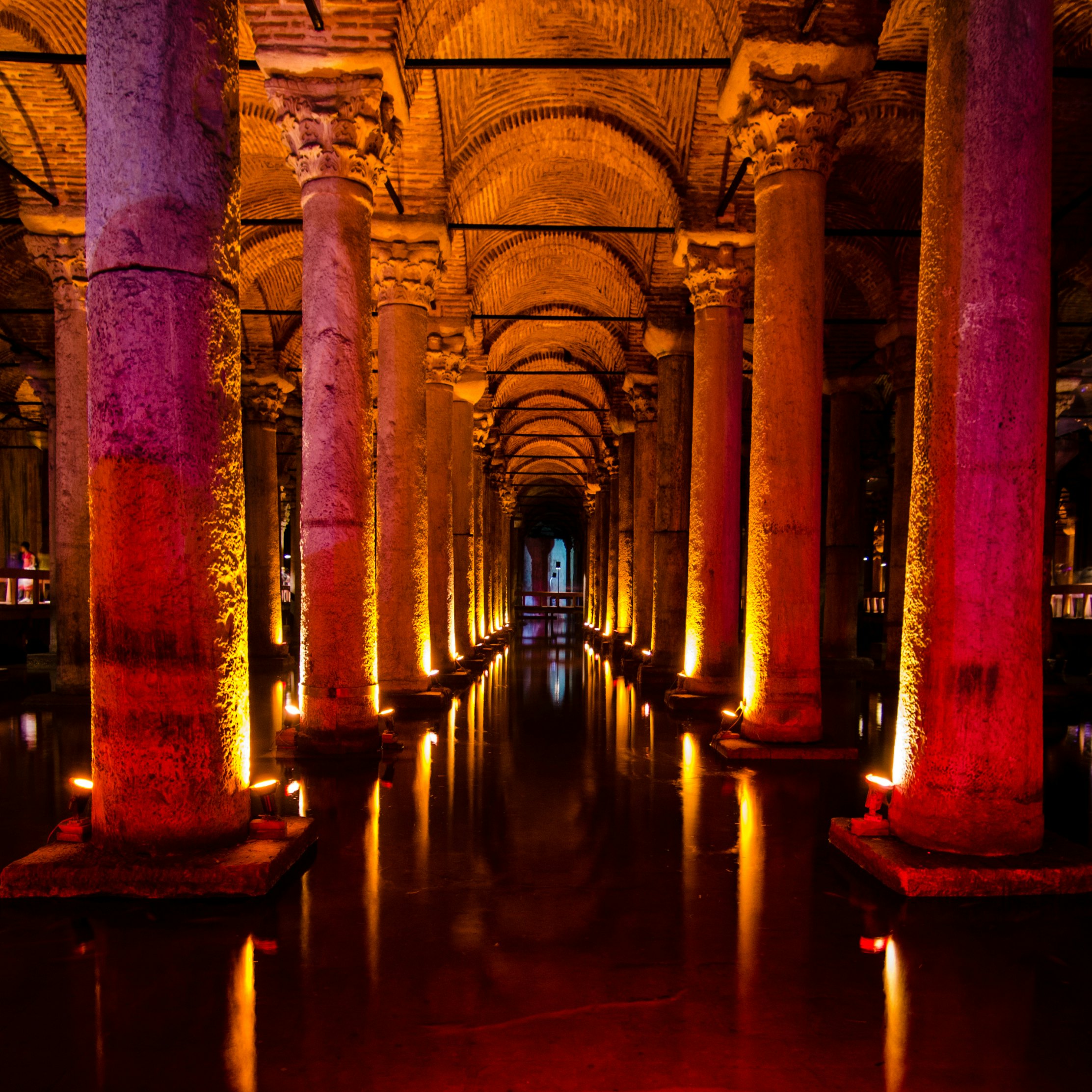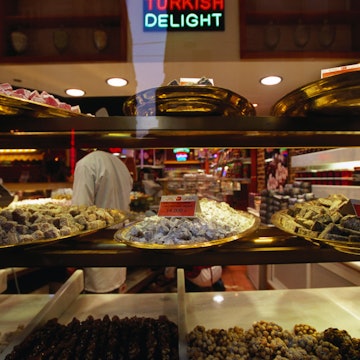
Overview
This magical meeting place straddling two continents has more top-notch attractions than it has minarets (and that's a lot).
Leave the planning to a local expert
Experience the real Istanbul. Let a local expert handle the planning for you.
Must-see attractions
Planning Tools
Expert guidance to help you plan your trip
Best Things to Do
Where do you begin to explore the storied, sprawling city of İstanbul? Start with these 16 top experiences.
Read full article
Best Time to Visit
This vibrant city always has something going on but the weather can impact your trip. Here's how to pick the perfect time to visit Istanbul.
Read full article
Transportation
Istanbul's scale and traffic jams can be daunting to travelers but the city's compact center and transport options make it a breeze if you're in the know.
Read full article
Free Things to Do
From mosques and markets to art galleries and monuments, some of Istanbul's best attractions don't cost a thing.
Read full article
Best Neighborhoods
Explore the distinct neighborhoods of Istanbul with this guide to what to expect in each one.
Read full article
Day Trips
Tear yourself away from vibrant Istanbul and discover wonderful countryside and charming towns. Here are our 15 favorite day trips from Istanbul.
Read full article
Get a book. Get inspired. Get exploring.
in partnership with getyourguide



















